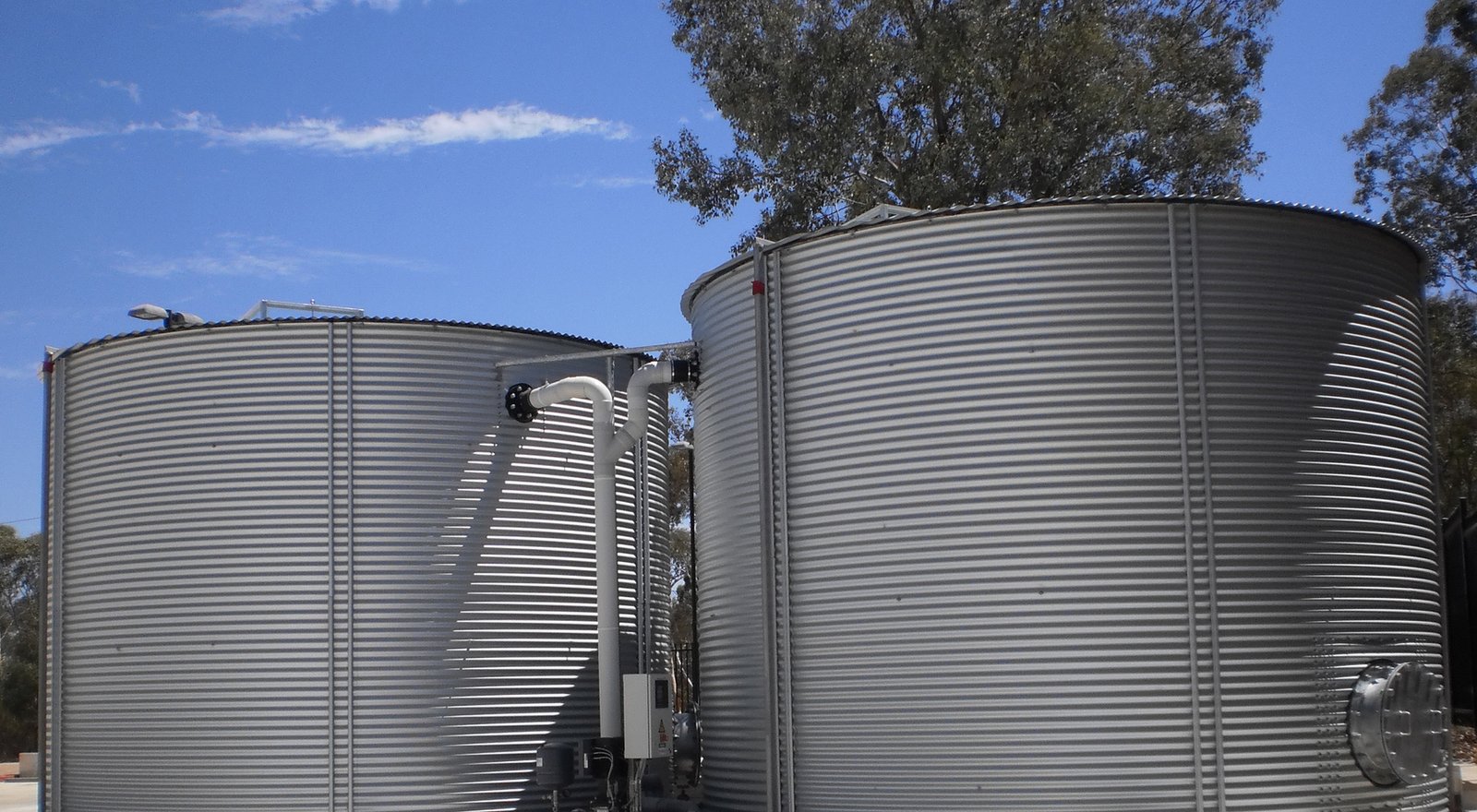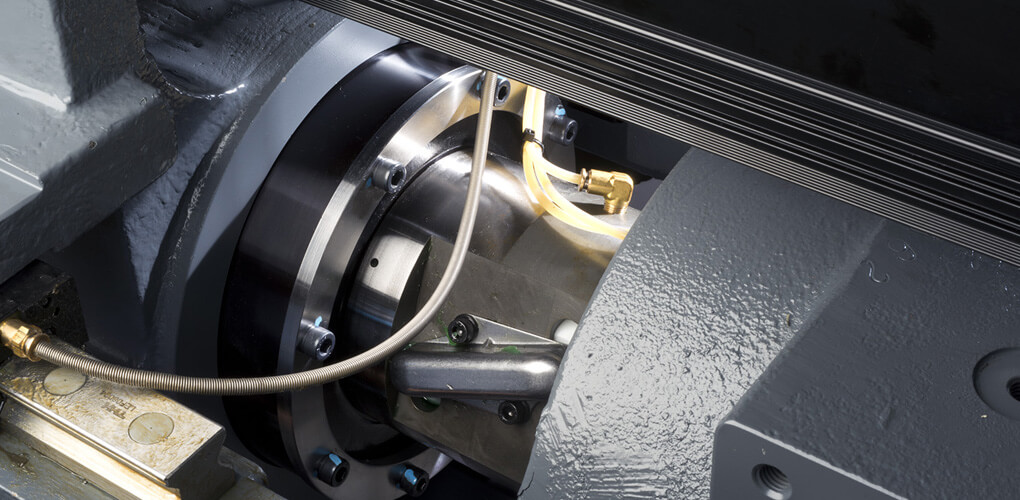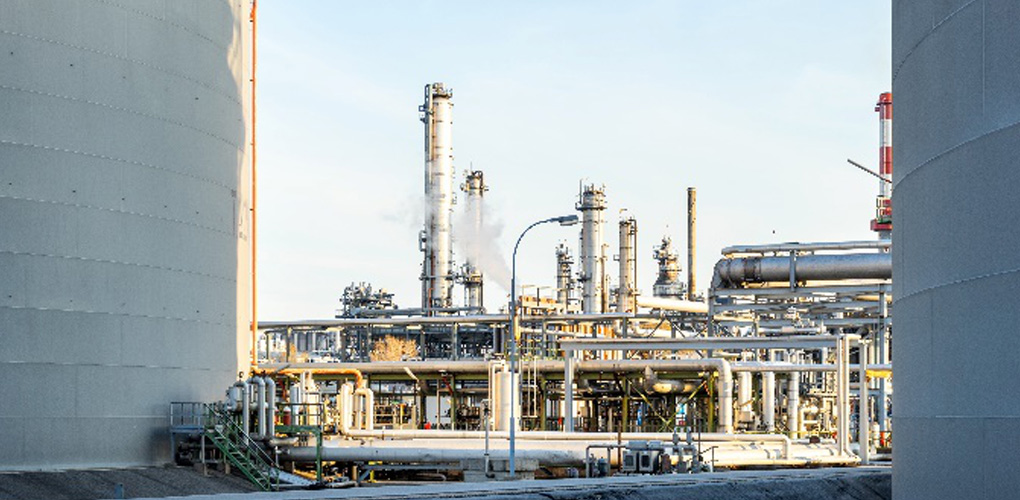Determining the Best Water Tank Pressure Transducer for Tank Level Applications
Water Tank Pressure Transducer: Finding The Best
Selection of the right water pressure transducer technology for your water tank depends upon the internal condition and buildup of the water tank.
Water tank pressure transducer generally fulfills the need to measure the water level in the tank. The instrument also helps in measuring the rate of change in water level. The pressure transducer fits in the open-ended tube. It is then put in the water tank or container. So, from here the principle starts working.
You May Also Read: How to Select Water Pump Pressure Sensor?
When the water level rises in the tank, the air inside the tube containing the transducer receives pressure. This pressure then ultimately presses the sensor that shows the reading of rising water level. Similarly, if the water inside the tube above the container lowers, the air inside releases. This release in air, consequently, relaxes the pressure on the sensor hence showing the decrease in water level.
The pressure transducer in water tanks is available in both digital and analog meters. But, generally, the digital transducer meter is common for measuring water tank pressure.

Measurement Options
Generally, an analog to digital converter (ADC) helps in changing the analog signals into digital measurements. It also helps in determining the flow rate of the water. Therefore, the device thus helps whether there is a need to turn the water pump. Also, the Water tank pressure transducer helps in determining the total depth of the water tank.
Water pressure transducer helps in measuring the water level in three different methods:
- Absolute Water level: it measures the absolute water level in comparison to the vacuum available in the water tank. This method works on the same principle as measuring gas pressure in the gas chambers. The pressure difference is measured usually against the vacuum in the gas tanks.
- Gauge Pressure Level: This method measures the water level by measuring the pressure difference. The instrument calculates the difference between the internal tank pressure and the external atmospheric pressure.
- Differential Level: This method helps in measuring the difference and pressure and water level between two water sources. The two different sources could be a pipe, tank, or water container. This measures the difference in a drop of water level thus notifying the necessary measures.
Factors in Determining the Best Water Tank Pressure Transducer for Water Tanks:
There are many predetermined requirements before selecting the best Water tank pressure transducer. The list is huge and it contains many factors to consider before finalizing. However, the foremost thing is to determine the internal condition and external position of your water tank. It is mandatory to finalize whether your tank lies above the ground or lies below the ground level. The water tanks above the surface typically contain the external process connection of the bottom of the tank. However, the grounded water tanks need an access hatch. This access hatch usually requires its additional installation to the tank level sensor. Hence, for such a critical water tank position there are several sensors. These sensors thus provide an accurate water level reading. All of these transducers measure the water tank level applications. However, all of these work in different ways. They are:
Hydrostatic Sensor (Gauge Sensor):
Gauge sensor is famous for measuring hydrostatic level in the water tanks. The method uses a simple physics methodology to measure accurate reading. The method involves the amalgamation of two processes. At first, it uses a specific gravity of the liquid in the water tank. Furthermore, it uses a second method of measuring the height of the tank’s column. This thus allows the measurement of the water tank in a real-time situation. This method, therefore, is so accurate that it is even feasible and effective in rapidly changing water levels.
Capacitance Transducer:
The capacitance level water tank pressure transducer is the instrument that measures the capacitance level. The change in capacitance level helps in measuring the capacitance of two conductors. This measurement usually involves measuring the capacitance of two liquids present in a water tank.
Therefore, the process involves measuring low capacitance if the water tank is empty. The higher capacitance on the contrary means the high capacitance. However, there is a chance of a fault in the reading. This happens because even in an empty water tank, some liquid remains of the sensor. This malfunction the reading.
Therefore, for this reason, the actual response lag in response time. This is a common fault with high viscous liquid. For a high viscous liquid water tank application, the rapid change liquid level is not an ideal method.
Resistive Sensor:
The resistive sensor uses the principle of measuring the resistance of the liquid inside the water tank. The requires a series of sensors installed inside the tank or the bezel. A similar method involves in your automotive cars.
To measure the level of engine oil using a dipstick. Similarly, A long length of sensor stick is present inside the tank. This resistive water tank pressure transducer makes a direct link with the main circuit. The circuits connect the alarm and the control panel that indicates the level of the water tank. Therefore, the main control panel consequently takes action on its own.
Furthermore, in a manual system, the control panel sometimes informs the operator to take necessary actions. However, the accuracy of the resistor sensor is perfect only to the level where the resistance sensors are present.
Ultrasonic water transducer:
This is the more advanced system of measuring the level of the water tank. The ultrasonic water transducer fits usually at the top of the water level tank. It works on the principle of the traditional ultrasonic system.
The acoustic waves travel from the top towards the medium inside the tank. The waves then come back after reflection and return to the transducer. The instrument thus measures the reading by calculating the travel time taken by the wave against the height of the vessel.
The primary advantage of an ultrasonic sensor in the water tank is the accuracy of the reading. This is because the sensor doesn’t make a contact with the liquid. Therefore, this ensures the accuracy of the reading.
Furthermore, this sensor is ideal for applications involving corrosive liquid material. Also, if the liquid makes foam, the reading counts the foam level rather than the actual liquid level.
Wireless Water Tank Pressure Transducer:
One of the cost-effective methods of measuring water tank level applications is using wireless sensors. They work well with the tank that is present in the remote locations.
This, therefore makes your task easy when you need to travel long to monitor your distant tanks. This involves wireless communication using a wireless power supply using batteries. There are many benefits of using sensors that operate using batteries. Some of which are:
- Low Energy Requirement: The wireless transducer works well with the low power supply. To measure the accurate reading, the sensor requires low energy consumption. This process requires comparatively less energy than the ultrasonic sensor and radar sensors.
- Improvement in Response Time: Many transducers that use impulse lines usually take a lot of time for a response. The process involves much time in taking the impulse line to come back to the sensor. For a wireless transducer, this time reduces to a minimum. A wireless water tank pressure transducer takes a few seconds to record the reading
You May Also Read: How to Trouble Shoot an Air Conditioner Pressure Transmitter ?
Final Thoughts on Water Tank Pressure Transducer
A water tank pressure transducer is the most common method of measuring the water tank level. This helps in measuring the water level in tanks and other applications. But most of the users apply methods that ultimately involves faulty processes.
This ultimately leads to a decrease in inaccurate readings. This also makes a headache for regular maintenance. The list above helps in understanding the basic concepts and options for measurement in water tank transducer.
For More Information Contact Us Today!













